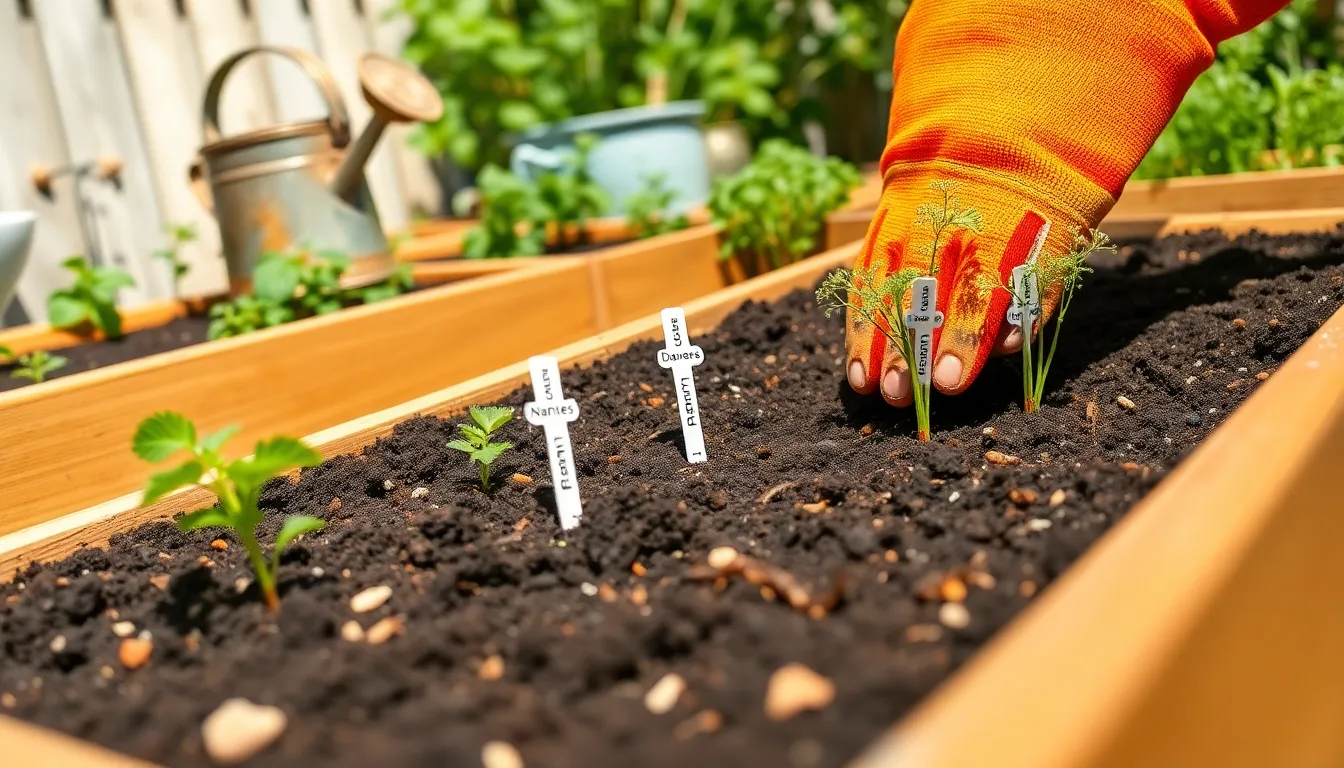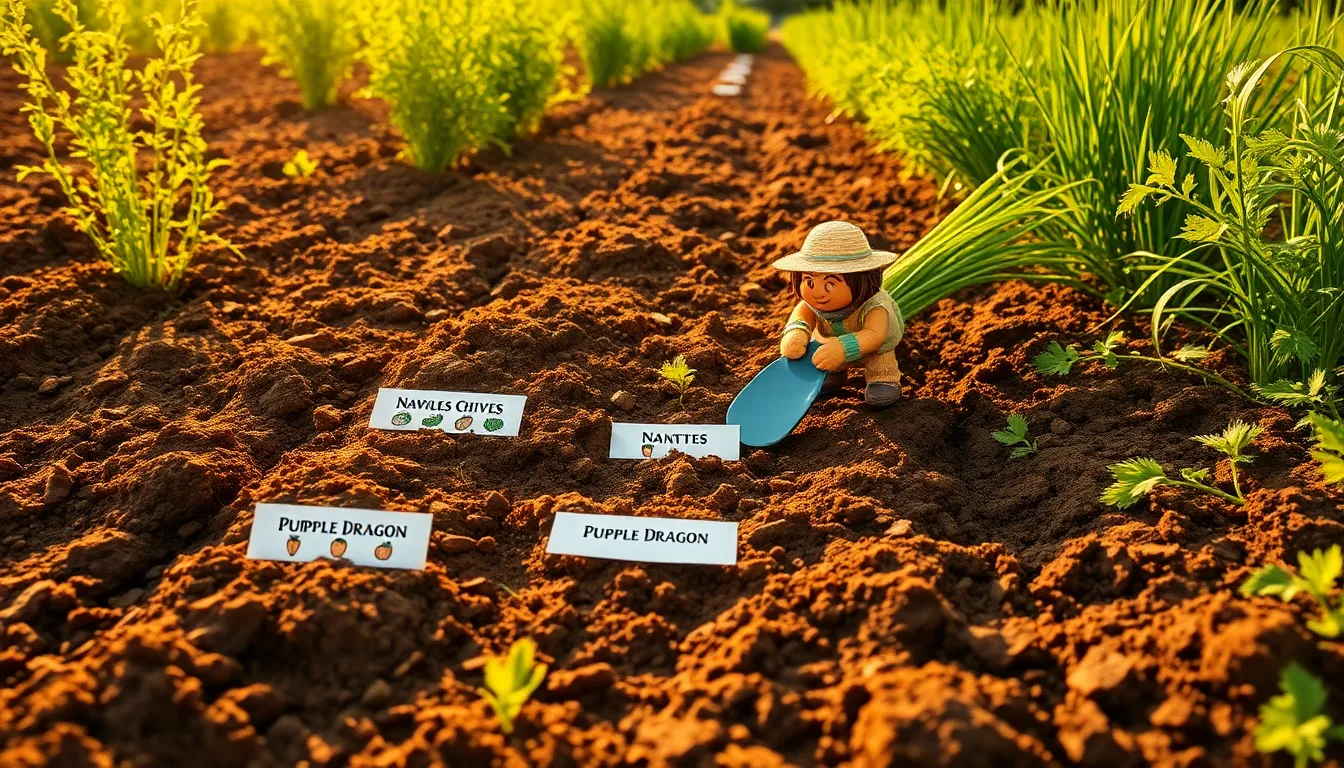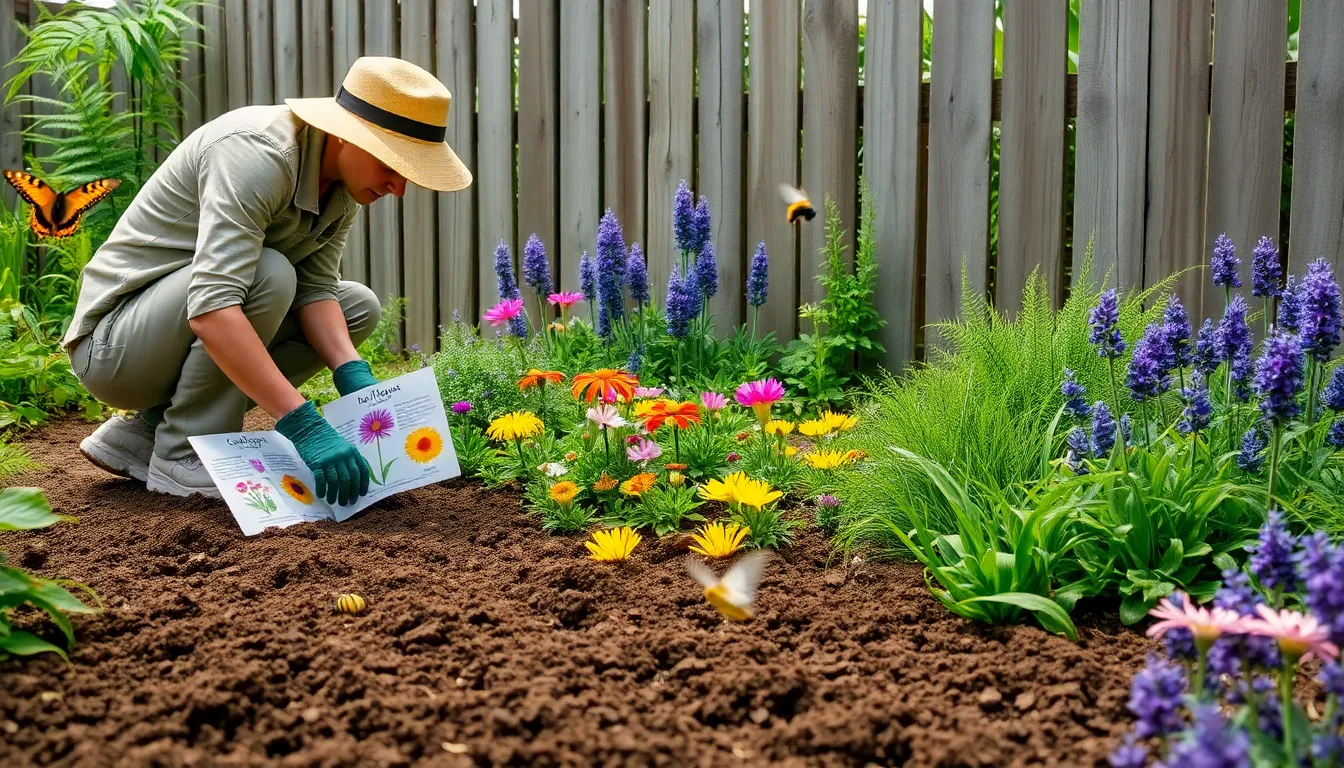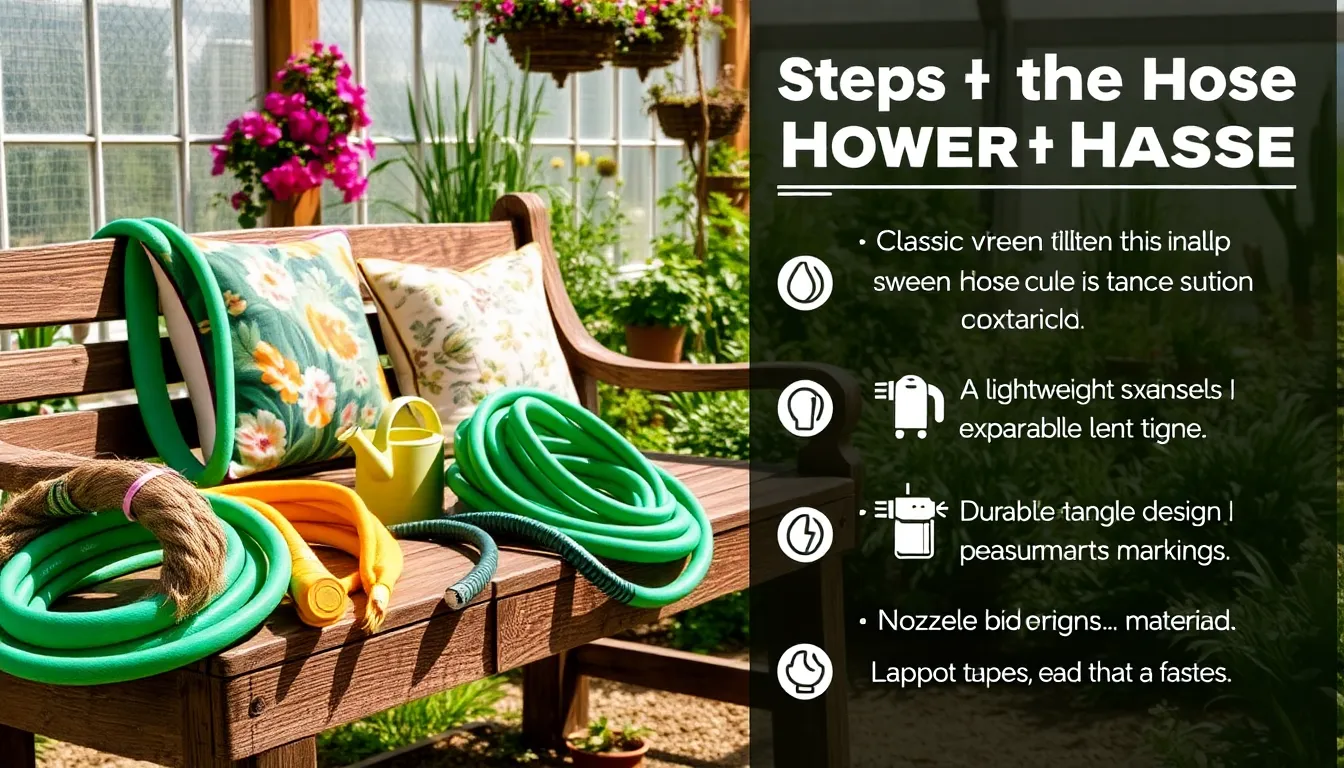Growing carrots from seed is like embarking on a rewarding adventure that promises both delightful anticipation and delicious rewards. Whether you’re just dipping your toes into the world of gardening or have a green thumb seasoned by years of experience, cultivating these vibrant root vegetables offers a unique blend of simplicity and satisfaction. Carrots, with their vibrant hues and crisp texture, are a staple in many kitchens, and growing them at home allows you to enjoy their full flavor and nutritional benefits straight from the soil. As you nurture your carrot patch, you’ll discover the joy of watching tiny seeds transform into a bountiful harvest, ready to grace your table with freshness and flavor.
In this guide, we will walk you through each step of the carrot-growing journey, from selecting the perfect seeds to harvesting the colorful bounty. You’ll learn how to create the ideal environment for your carrots to thrive, ensuring they grow straight and sweet. For those just starting out, we’ll cover the basics to get your carrot patch off to a strong start, while seasoned gardeners will find valuable tips to refine their techniques and boost their yields. By the end of this article, you’ll be equipped with practical knowledge and newfound confidence, ready to grow your own vibrant, delicious carrots from seed.
Select Quality Carrot Seeds
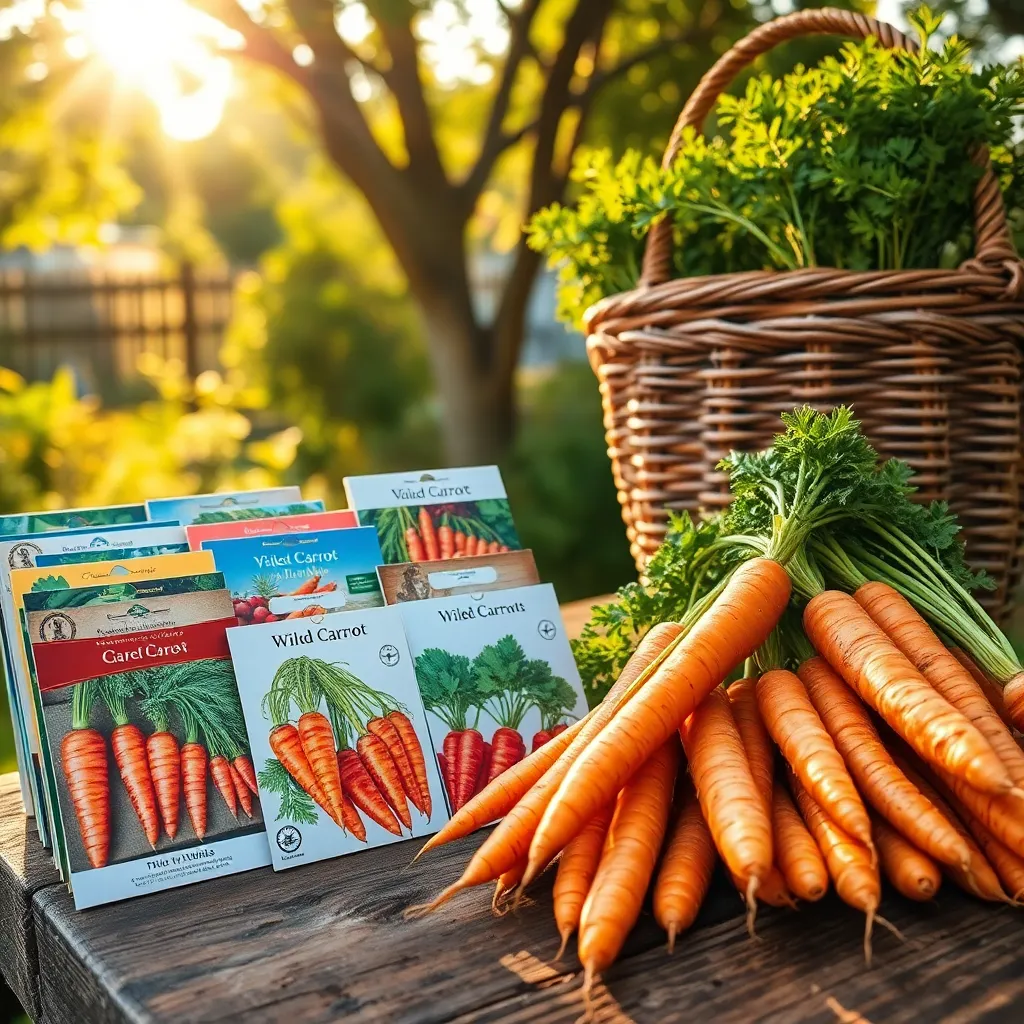
When selecting carrot seeds, consider choosing varieties that are suited to your local climate and soil conditions. Look for seeds labeled as disease-resistant to ensure healthier growth and a better yield.
High-quality seeds often come from reputable seed companies that provide detailed planting instructions and guarantees. It’s worth investing in organic or non-GMO seeds if you are aiming for the most natural gardening experience.
For beginners, a variety like ‘Nantes’ is a great choice due to its adaptability and sweet flavor. Experienced gardeners might explore heirloom varieties that offer unique flavors and colors, such as ‘Purple Haze’ or ‘Cosmic Purple’.
Consider the size and shape of the carrots you wish to grow, as this will influence your choice of seeds. For instance, if your soil is heavy clay, opt for shorter varieties like ‘Chantenay’ that can thrive in challenging conditions.
Prepare Well-Drained Soil
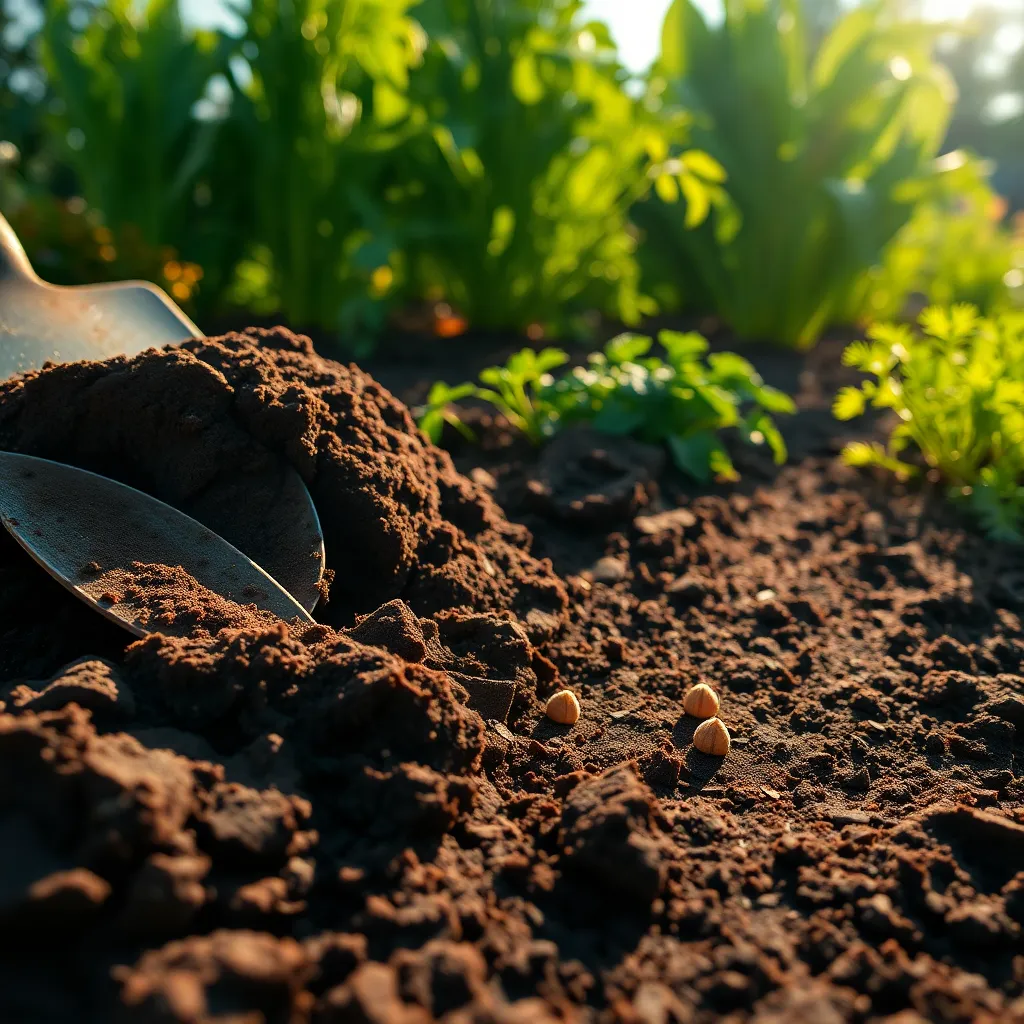
To grow healthy carrots, it’s crucial to prepare well-drained soil. Carrots thrive in loose, sandy, loamy soil that allows their roots to grow straight and long without obstruction.
Begin by clearing the planting area of rocks, debris, and clumps of soil. These can create barriers that cause carrots to grow crooked or forked.
Next, enrich your soil with organic matter like compost or well-rotted manure. This not only improves drainage but also provides essential nutrients that will support your carrots’ growth.
For gardeners seeking advanced techniques, consider conducting a soil pH test. Carrots prefer a pH between 6.0 and 6.8, and if your soil is too acidic or alkaline, adjust accordingly using lime or sulfur.
To further enhance drainage, you can create raised beds. Raised beds are especially beneficial in areas with heavy clay soil, as they can prevent waterlogging during rainy periods.
Finally, ensure a consistent watering schedule. Carrots need about an inch of water per week, and even moisture helps them develop without splitting.
Sow Seeds at Correct Depth
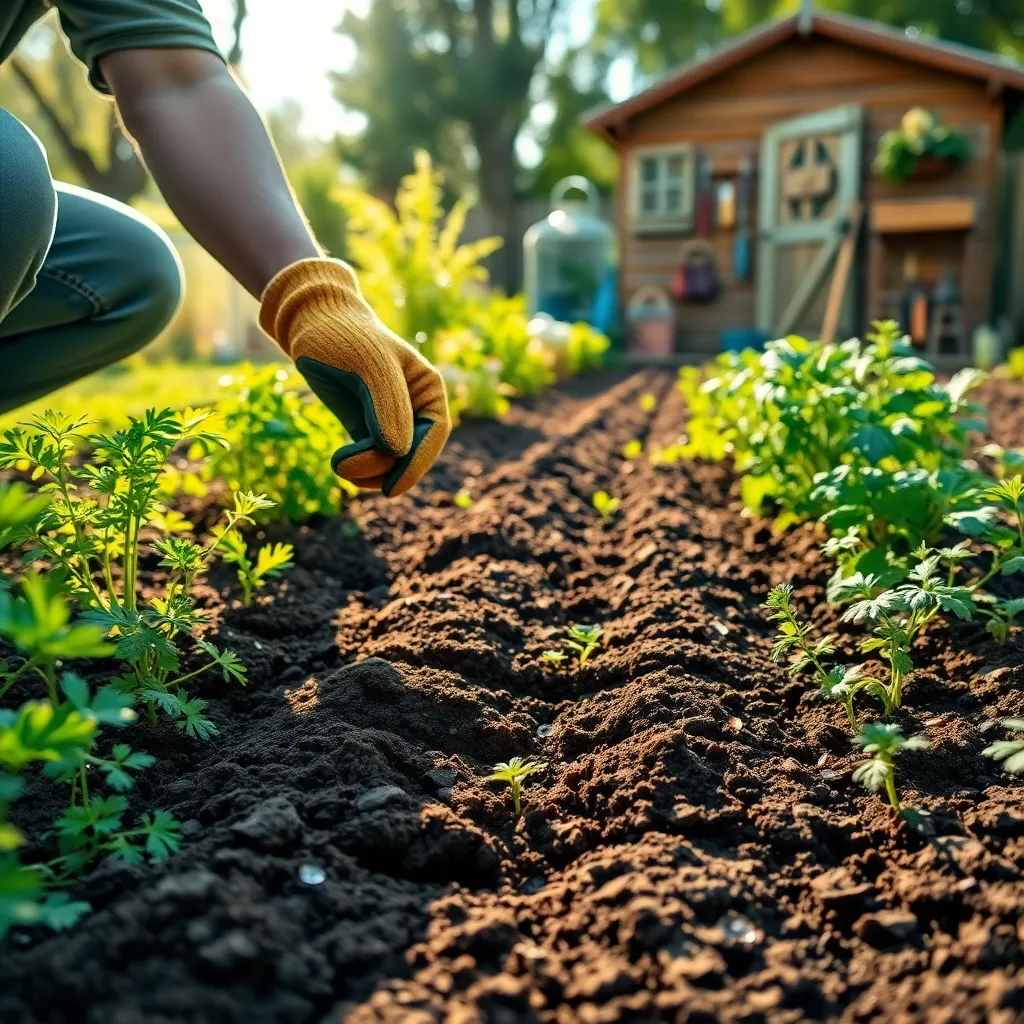
When sowing carrot seeds, planting them at the correct depth is crucial for successful germination. Generally, carrot seeds should be planted about ¼ inch deep in the soil to ensure they are well-covered but not buried too deeply.
Proper seed depth helps maintain the right moisture levels, which is essential for sprouting. Additionally, shallow planting ensures that the tiny seedlings can break through the soil surface easily, promoting healthy growth.
To achieve the correct depth, gently sprinkle the seeds on the prepared soil, then cover them lightly with a thin layer of fine soil or sand. This technique not only secures the seeds but also prevents them from being washed away during watering.
For advanced gardeners, using a seed dispenser can help space seeds evenly, minimizing the need for thinning later. This approach also ensures consistent spacing, which is vital for the optimal development of your carrot roots.
Water Consistently for Germination
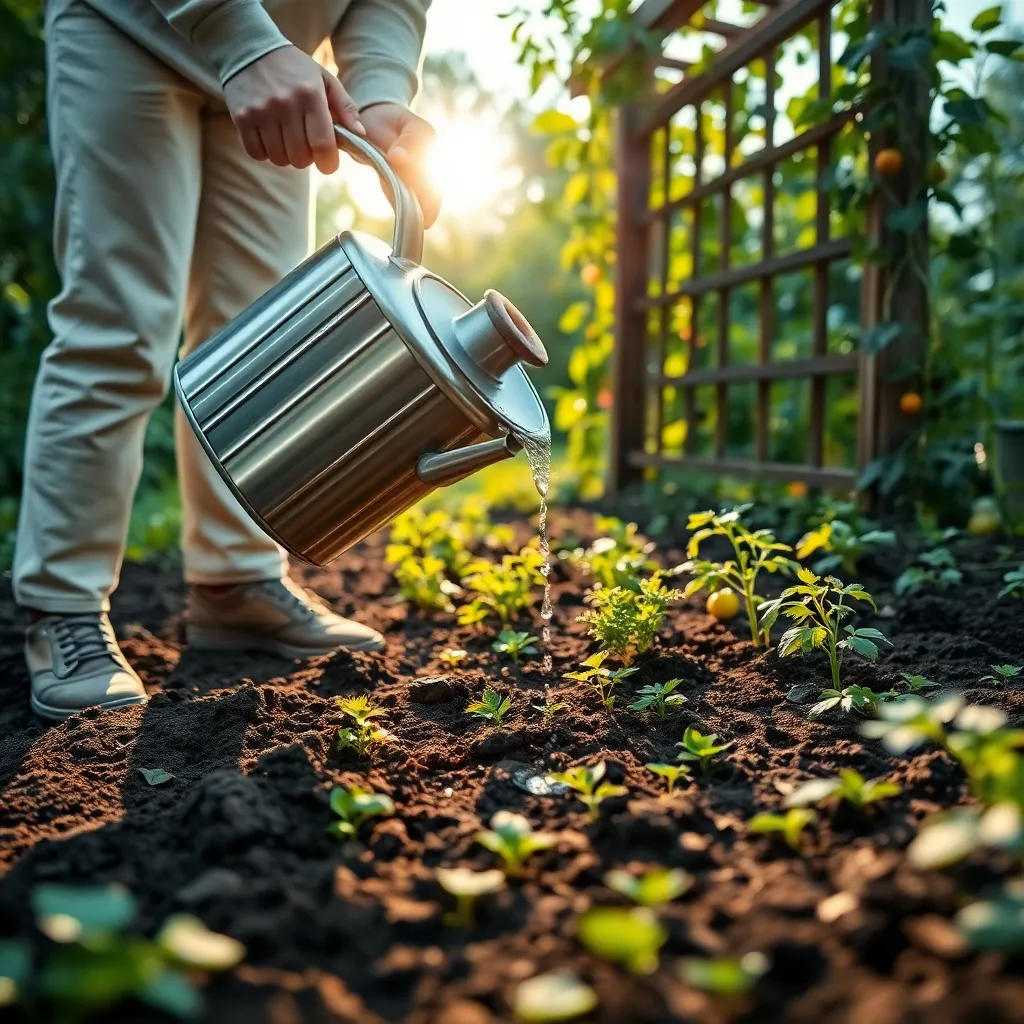
Watering consistently is crucial for successful carrot seed germination, as these seeds need a stable moisture level to sprout. Begin by lightly watering the soil immediately after sowing the seeds, ensuring the moisture penetrates the top inch of soil.
Carrot seeds are tiny and can easily dry out if the soil is not kept consistently moist. Check the soil daily, especially during dry spells, to ensure it remains damp but not waterlogged.
For beginners, using a fine mist or a gentle watering can helps prevent disturbing the seeds. More experienced gardeners might opt for a drip irrigation system, which provides steady moisture without washing away seeds.
Consider adding a light mulch layer, like straw or grass clippings, to help retain soil moisture. This practice not only conserves water but also regulates soil temperature, enhancing germination success rates.
Thin Seedlings for Optimal Growth
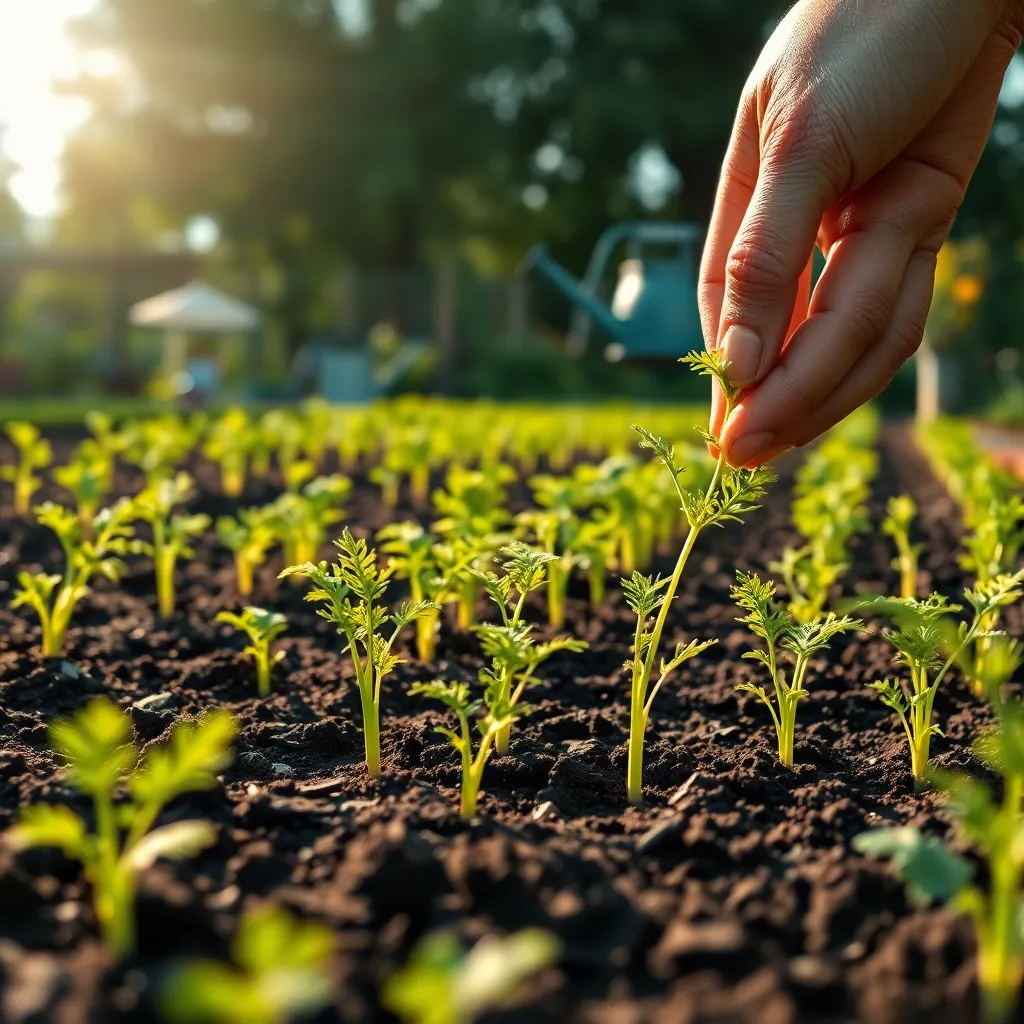
After your carrot seeds have germinated, the next crucial step is to thin the seedlings for optimal growth. Carrot seedlings are often planted densely, and without thinning, they compete for resources, resulting in stunted growth.
Thinning is essential to ensure that each plant has enough space to develop a healthy root. Ideally, thin your seedlings when they reach about 2 inches in height, leaving about 2 to 3 inches of space between each plant.
Use a small pair of scissors to snip the seedlings at the soil line, rather than pulling them out. This method minimizes disturbance to the roots of the remaining plants, promoting a stronger growth environment.
For beginners, it may feel counterintuitive to remove healthy-looking plants, but remember that each carrot needs adequate space to mature properly. Experienced gardeners know that well-spaced carrots lead to a more bountiful and uniform harvest.
Consider the soil conditions as well; carrots thrive in loose, well-drained soil, which facilitates easier root expansion. If you notice clumps of soil, gently break them apart with a rake to enhance the growing conditions for your thinned seedlings.
Conclusion: Growing Success with These Plants
As you embark on the rewarding journey of growing carrots from seed, remember the five key relationship concepts that can equally nurture your gardening and personal connections: patience, communication, nurturing, adaptability, and commitment. Patience allows both seeds and relationships to develop at their own pace; communication ensures you’re in tune with the needs of your garden and your loved ones. Nurturing involves providing the right conditions for growth, while adaptability helps you adjust to unforeseen challenges. Finally, commitment is the glue that holds it all together, ensuring you see the process through.
Your actionable next step is to pick up a packet of carrot seeds and begin your garden today, using these principles as a guide. As you cultivate your carrots, reflect on how these same principles can enhance your personal relationships.
Don’t forget to save or bookmark this article for future reference, so you can revisit these insights whenever you need a gentle reminder or a boost of inspiration. Remember, just as a flourishing garden is the result of consistent and mindful care, so too are successful relationships. Here’s to your thriving garden and even more flourishing bonds with those you cherish.

